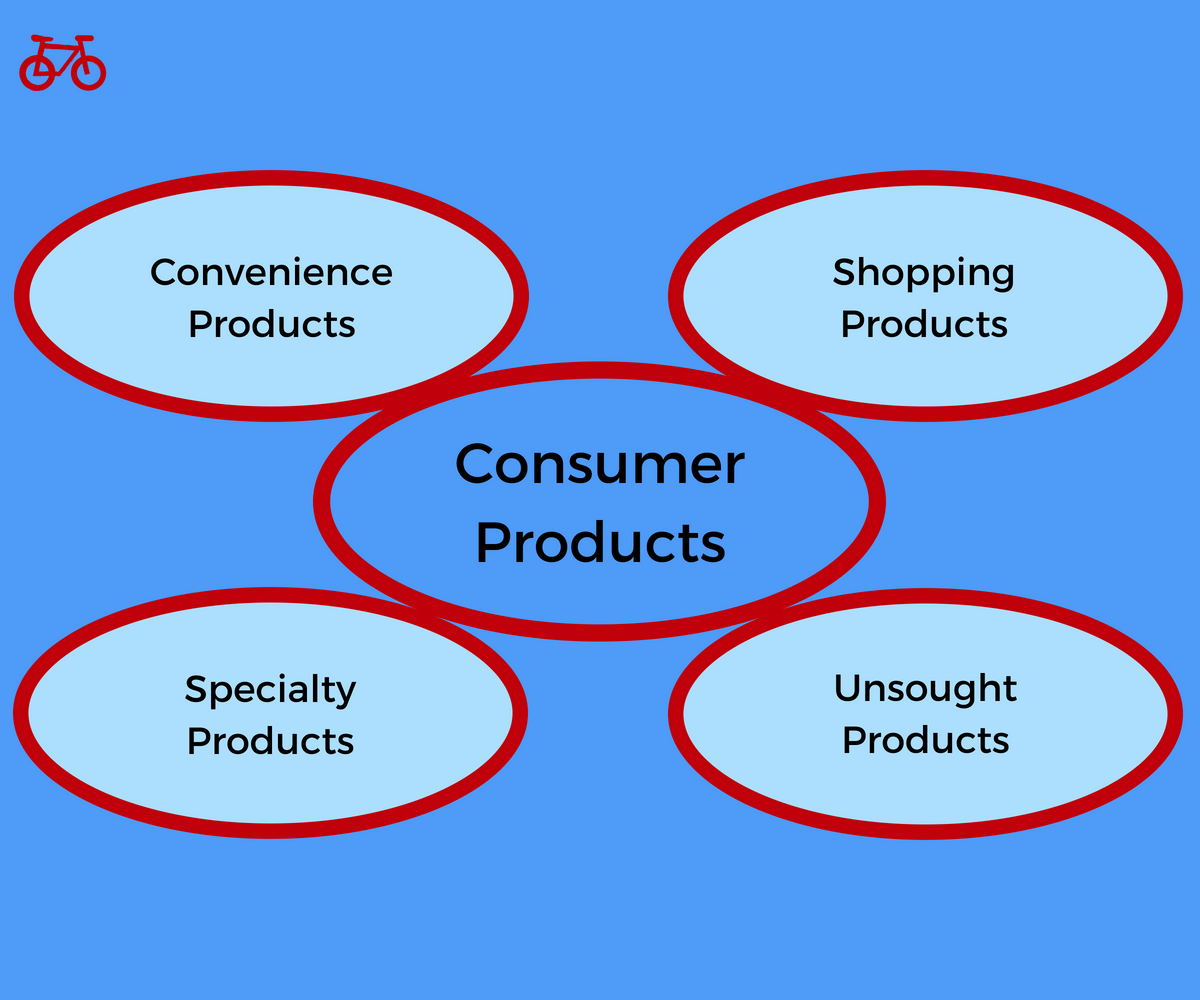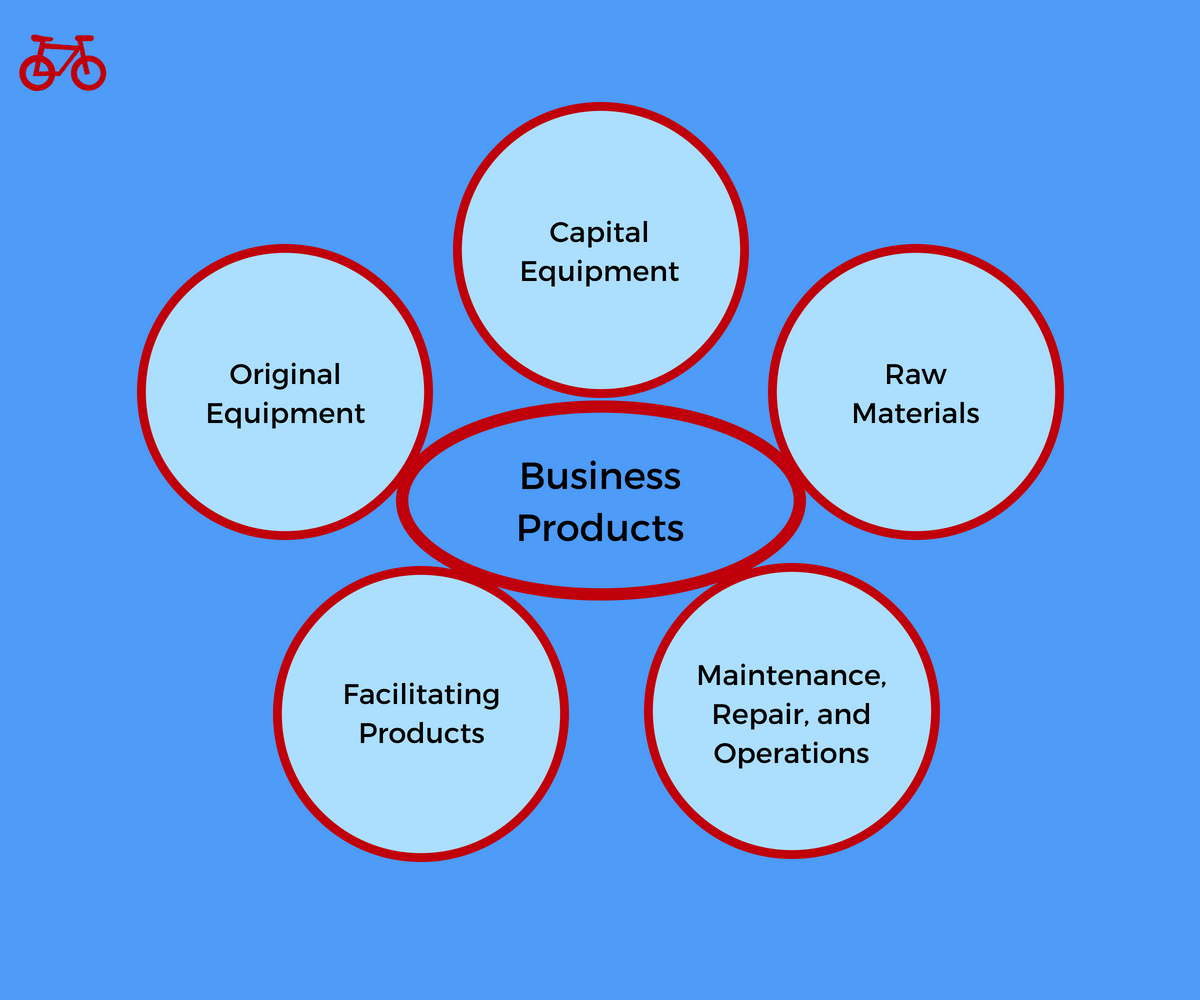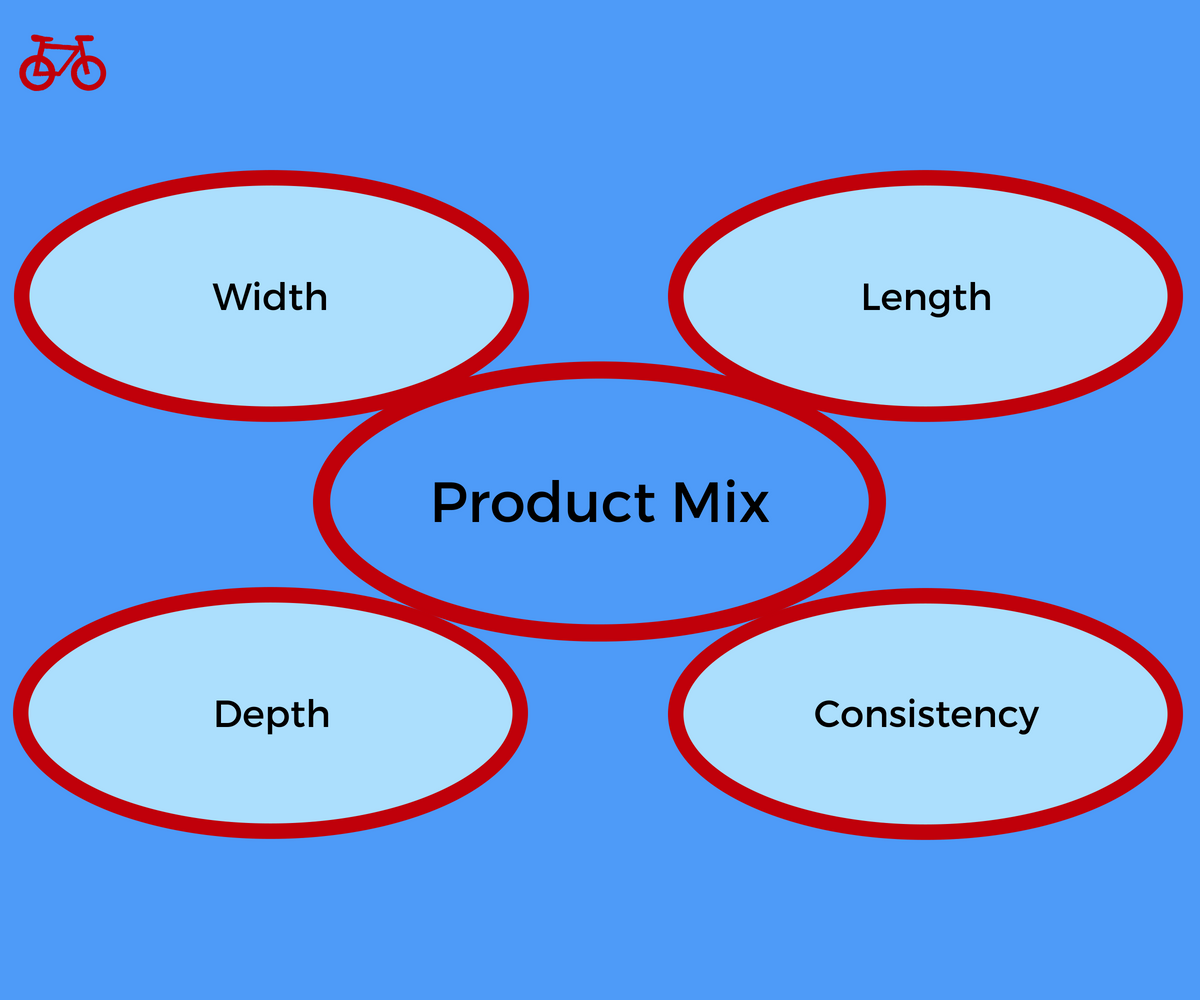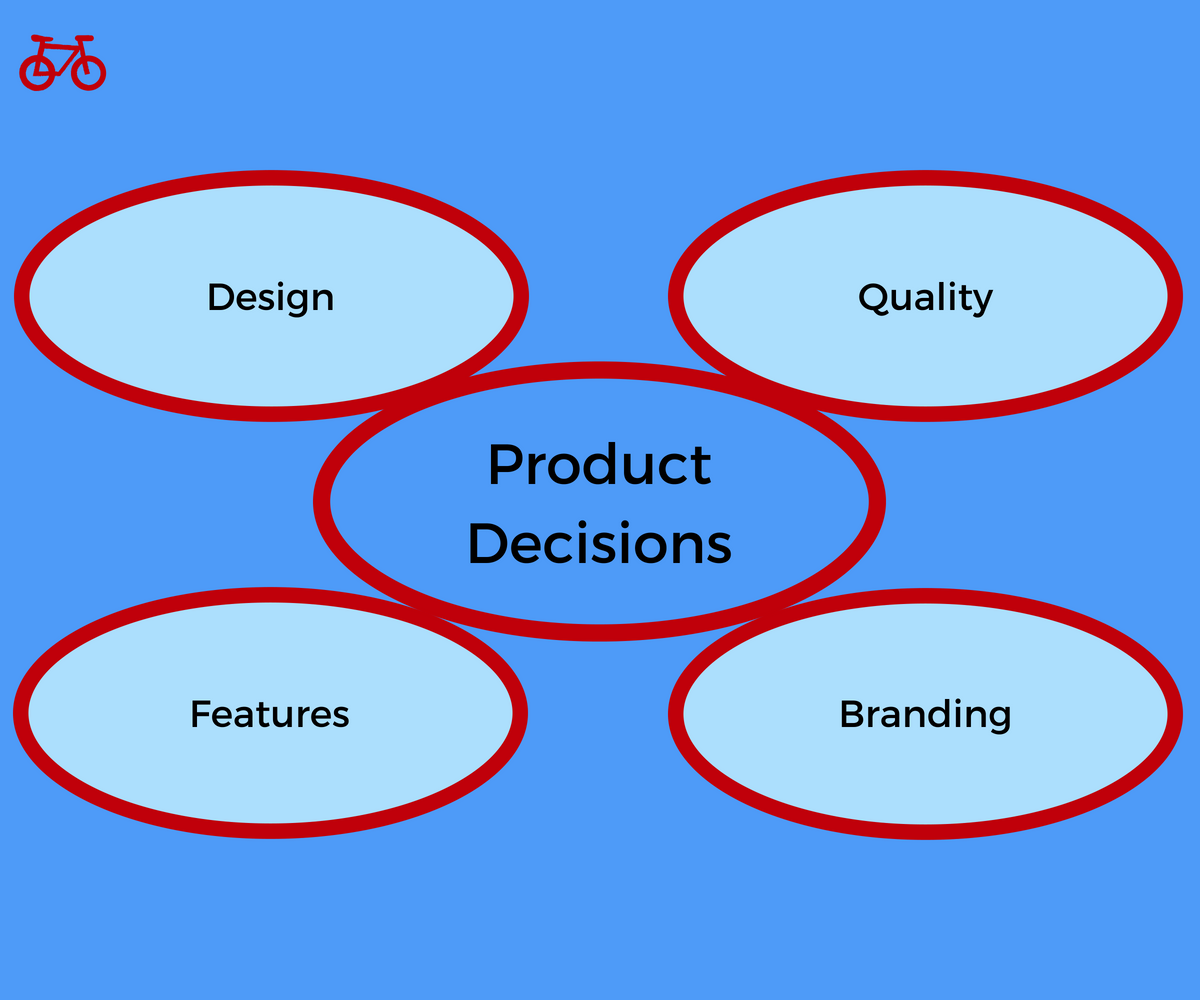Products, as they fit within the marketing mix, is a broad topic. There are many aspects, whether that is what constitutes a product, or building and managing one.
Products are how we drive our businesses. They are solutions to needs in the market. For many companies, products are what drive marketing. Thus, it is a key component of the marketing mix to discuss and understand.
Here, we will discuss a number of aspects and how they relate to the marketing mix. Below is a detailed overview.
What is a product?
It is a good or service that satisfies a need or want to a target market.
It’s a solution to a markets problem. Which, can come in the form of a physical good, a digital product, or a service.
Traditionally, products were referred to only as physical, or tangible, goods. This classification is one of the reasons product, in the context of the marketing mix, has received criticism.
But, as more products are being developed as software and digital, as well as services taking significant pieces of the economy, it makes sense to classify both goods and services as products.
Another way to define it is with Kotler and Armstrong. They say a “product means the goods-and-services combination the company offers to the target market”.
With both definitions, products can be anything from a car to Microsoft Word.
Based on this definition, we will go into detail about products and how you can better understand them.
Types of Products
Let’s begin with types of products. To discuss different types of products we need to begin with an initial differentiation.
Products need to be classified as consumer products and business products.
Consumer products, which are sold in the business to consumer (B2C) market, have four types of products. They are:

Convenience Products
Convenience products, or convenience goods, are products that consumers use regularly. The purchase decision often requires little thought. Thus, convenience goods are described as low involvement purchases.
These goods can be your staple goods, such as milk and sugar. Or, emergency goods, which are goods you need right away. For example, if it begins to rain, you need an umbrella. Lastly, they can be impulse goods, such as gum and candy. These are goods you might see at the check-out of store.
Shopping Products
Shopping products are products which take more involvement from the consumer. Often these products cost more and require more time and effort. But, shopping products are purchased on a relatively regular basis.
An example of a shopping product is a television, computer, or clothing. With these types of products brand becomes a concern, as well as cost, quality, and value.
Specialty Products
Specialty products are products that consumers purchase infrequently, they perform extensive research, and they are expensive.
A specialty product would be a car, diamonds, or wedding gowns.
Unsought Products
Unsought products, or goods, are those products that a consumer does not typically think about buying.
Classic examples of unsought products are funeral services, life insurance, and innovative products, such as the first touch screen smart phones.
These the four types of consumer products and a few examples of them. The other type of products to consider are business products.
Business products, which are sold in the business to business (B2B) market, have five types of products. They are:

Capital equipment
Capital equipment is high value, durable equipment that is used to manufacture products. It is considered a fixed asset, and therefore, has an extended life.
Capital equipment can be machines, office furniture, vehicles, or large computers. Typically, to be considered capital equipment, the economic life of the equipment needs to be greater than one year.
Raw materials
Raw materials, or unprocessed materials, are materials that are used to produce goods. These are materials that are mined, harvested, fished, or any number of other ways to get materials needed to produce goods.
Raw materials are things like crude oil, livestock, chemicals, or lumber. These goods are all used to produce higher-order goods, like gasoline, food, pharmaceutical drugs, or homes.
Original equipment
Original equipment are the goods that are manufactured for the use by another business who manufactures the final good, which is then used by the consumer.
Original equipment is usually used in the context of an Original Equipment Manufacturer (OEM), which is the company producing the original equipment.
An example of original equipment can be a tire manufacturer who primarily sells their tires in conjunction with the sale of new cars. Or, it could be the graphics chip manufacturer who primarily sells their graphics chip in new smartphones.
Maintenance, Repair, and Operations Products
Maintenance, repair, and operations (MRO) products are products that are used in maintaining the production process of the finished goods. Most commonly referenced in plant operations, but MRO is part of any business where the products being used are not directly reflected in the end process.
Example of MRO products are oils, lubricants, parts, or equipment service. But, it can also be computers and software that maintain different areas of the business.
Facilitating Products
Facilitating products are products that help a business achieve its core objective. Similar to MRO products, but a more encompassing category that is not limited to manufacturing and physical goods categories.
Examples of facilitating products are marketing automation software, computer database software, accounting services, or even market research services.
Understanding the different types can help understand how to market our own products better. We understand where they fit in the market and in our customers minds. But, we can also build new products by looking at opportunities in the context of these categories.
That leads us to the next section of products, which is product development.
What is Product Development?
Product development, or new product development, is the complete process of creating, building, and marketing a new product. Or, rebranding of an existing one.
Product development can also be identifying a need or a want for a particular target market, which is the target markets “problem”. Then, developing it for that target market, which is the solution for the target markets problem.
Product development consists of a process known as the product development process. The process consists of many different approaches, but the common theme for a product development process is:
- Idea Generation
- Market Assessment
- Product Development
- Market Testing
- Product Launch

Each of these stages is complex and essential to the development of new products. They are all part of an iterative process companies use to bring new products to market.
What is the Product Mix?
The product mix is the total number of products that a company offers. It is commonly referred to as the product assortment.
The product mix, although encompassing all products, can also be seen as the collection of a company’s product lines.
It commonly uses the following four dimensions.

- Width: The width of your mix refers to the total number of product lines within your overall mix.
- Length: The length of the your mix refers to how many products lie within each line.
- Depth: The depth of your mix is the number of variations of each product. In other words, depth refers to the number of variants each has.
- Consistency: Consistency of your mix refers to how closely related the different lines are to each other.
A big part of the product mix is the product lines, which is defined below.
What is a Product Line?
The product line, which is a large component of the structure of the product mix, is the collection of products that a company offers that reside under a single brand.
Product lines are often created to completely satisfy a target market.
What is Product Positioning?
The next item related to products we should discuss is positioning.
This is a crucial area for understanding products, as this is where you begin determining how you will position to generate sales.
Positioning is how you position your product to your target audience. That means how you message to your audience. This includes the way you speak to the overall market, as well as how you communicate to your target audience.
Also, positioning includes how you position your products against your competitors. Meaning, how you differentiate yourself in the market place.
A core piece of product positioning is the features and benefits of your products. Which, is the next area of our discussion about products.
What are Features and Benefits?
Features and benefits are a critical aspect of marketing your product, but are often confused.
Often, features are used as benefits and benefits are used as features. But, to be clear, features and benefits are defined as the following:
Feature
Is a factual statement about your product. This is typically the size of a product, the specs, or in software, it could be about security or scalability.
Benefit
Is an answer to the question “what’s in it for me?”. It takes the feature and describes how this either solves the target audience’s problem, or will make their life better.
Features and benefits are a core aspect to positioning. Once you have your features, you can focus on the benefits.
Keep in mind that features are facts and benefits describe how you solve a problem.
What is the Value Proposition?
Your value proposition is how you convey your benefits to your target market, such that it causes your customers to act.
The value proposition is a statement, which is a promise of value that is going to be delivered to your customer, prospect, or target market. It is the statement that conveys your benefits to your customer. It also tells your customer how you differ from the competition.
It is an important strategic marketing decision, which can often determine the success of a products marketing campaign.
What are Product Decisions?
Now that we are understanding products better, it is time to start thinking strategically.
These are the decisions we make about our products, whether in the early product development stages or later as we begin to communicate them to our market.
The decisions that need to be made can be broken into four key categories. Those categories are design, quality, features, and branding.

Design
The design decision is the process of creating the product such that it performs its intended function. Design is a critical part of the decision process, as design can affect the form, function, and aesthetic aspects. All of which can be a competitive advantage and contribute to increasing sales.
Quality
The quality decision is how well the characteristics of your product will satisfy the needs of your intended target market. Quality affects whether a it is inferior or superior to other market options. Ultimately, it affects the desirability of your product.
Features
The features decision, are the individual ingredients or specifications. Features become the foundation for building the benefits and competitive advantage.
Branding
Branding is the all-encompassing decision, which brings a product to life. It is the process of creating a name, design, and symbols which customers recognize and remember. It is also how customers think about the product, and at times, how it makes them feel. It is one of the most complex decisions a company can make.
After looking at the decisions we will need to make about our products, we will visit one last area. The product lifecycle.
What is the Product Lifecycle?
There many decisions that go into creating, building, and launching a product. Then, once it’s in the market, the company has to manage it.
Management takes a whole field of study. One area of product management is the management of a products lifecycle. Or, by its technical label, product lifecycle management.
The product lifecycle is the life of a product, from inception to the ultimate retirement. The lifecycle has distinct stages, which are introduction, growth, maturity, and decline.
Product lifecycle management is the management of all these stages.
The following are the product lifecycle stages.

Introduction Product Stage
Introduction is the launching phase. This is where the ideas are generated, the product is built, and then it is brought to market.
The introduction lifecycle stage encompasses much of what is discussed in product development.
Growth Product Stage
Growth is the lifecycle stage that follows the launch of a product. This is where sales are rapidly increasing. This is where the company is aggressively taking market share. It can also be where there is still little competition, thus the company is building awareness and brand preference.
Maturity Product Stage
The maturity of a product is where sales begin to plateau or see a slight decrease. Competition will tend to increase during this period. The strategy will move from an aggressive growth strategy to a defending market share strategy.
Decline Product Stage
The decline stage is where the products sales begin to drop. At this stage, a company has a few options. They can revamp the product, through something like a relaunch or a rebranding campaign. The company can reduce costs and focus on providing the product to a small segment of loyal customers. Or, it can be retired all together.
Understanding the lifecycle stages, and where your product sits, can help determine the right strategy moving forward.
This is an overview to provide you a better understanding of products. It tries to detail all the aspects of products. Particularly as it pertains to the overall marketing mix. Take this as your introduction to product and build your knowledge from here.

